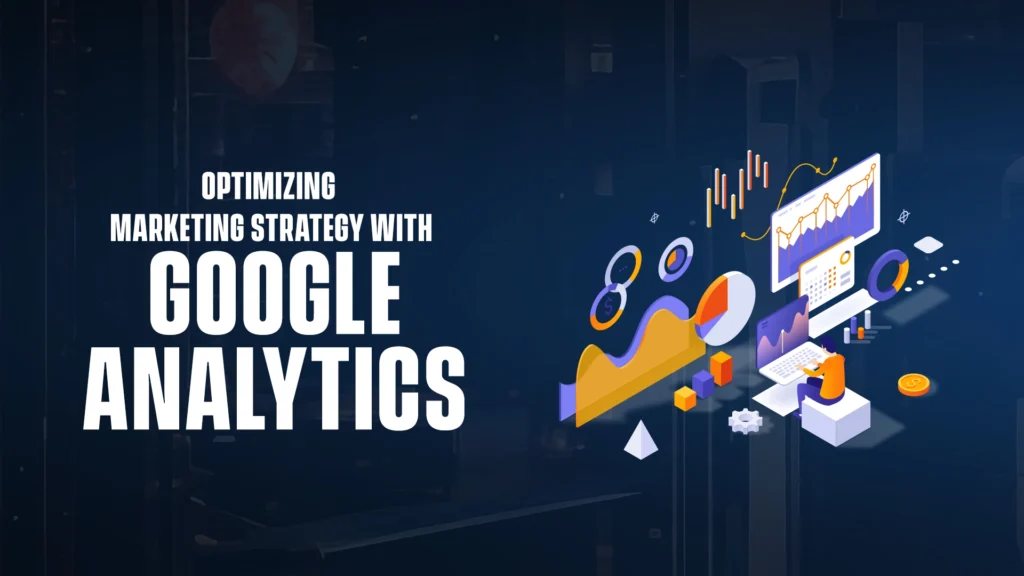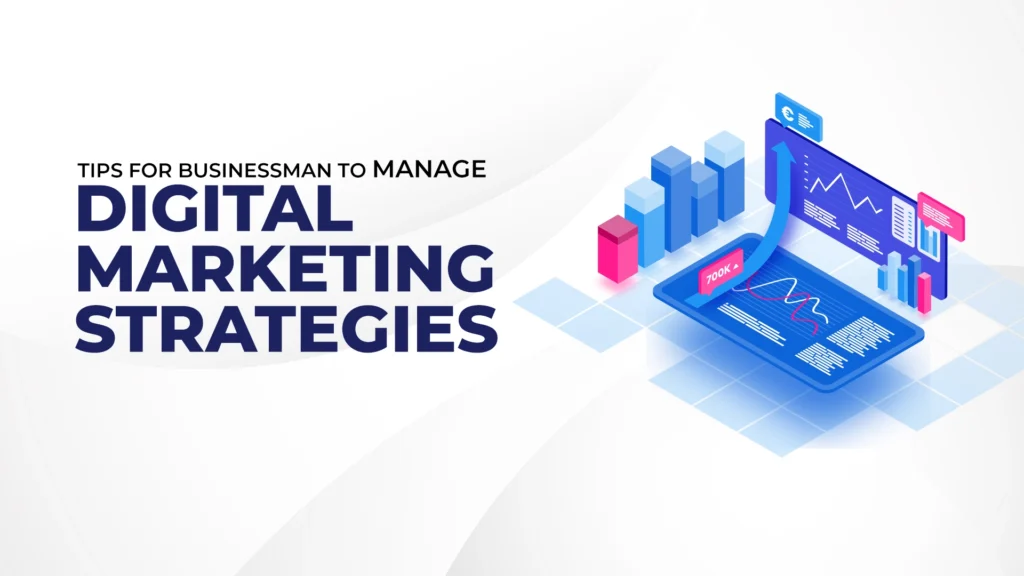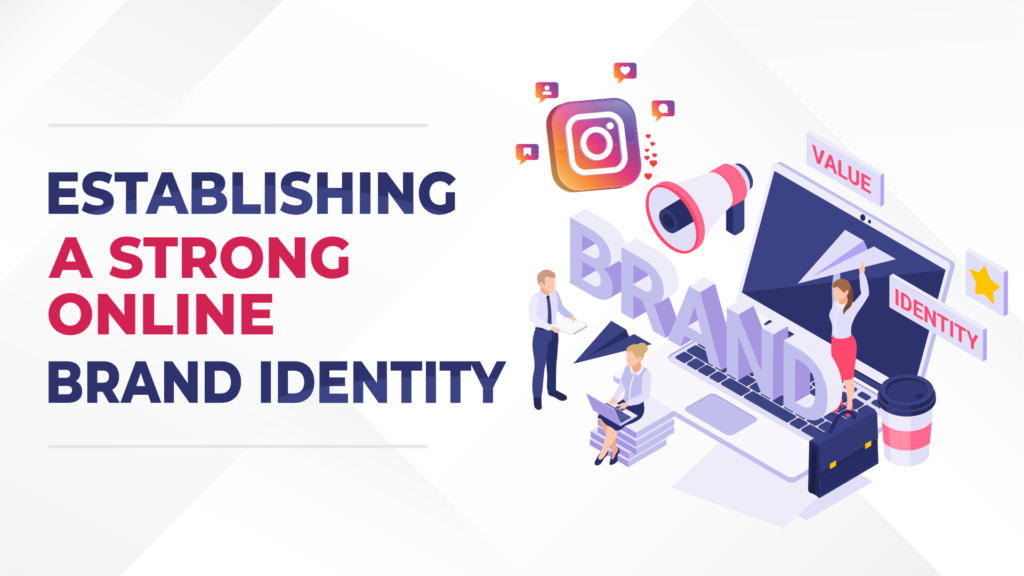The Power of Hooks in Digital Marketing
(Unknown Hack for Boosting Sales and Advertising) In the fast-paced world of digital marketing, catching the attention of potential customers can be a challenging task. You may have the most incredible product or service to offer, but if you can’t grab your audience’s attention, your marketing efforts may go unnoticed. This is where the concept […]
The Power of Hooks in Digital Marketing Read More »









